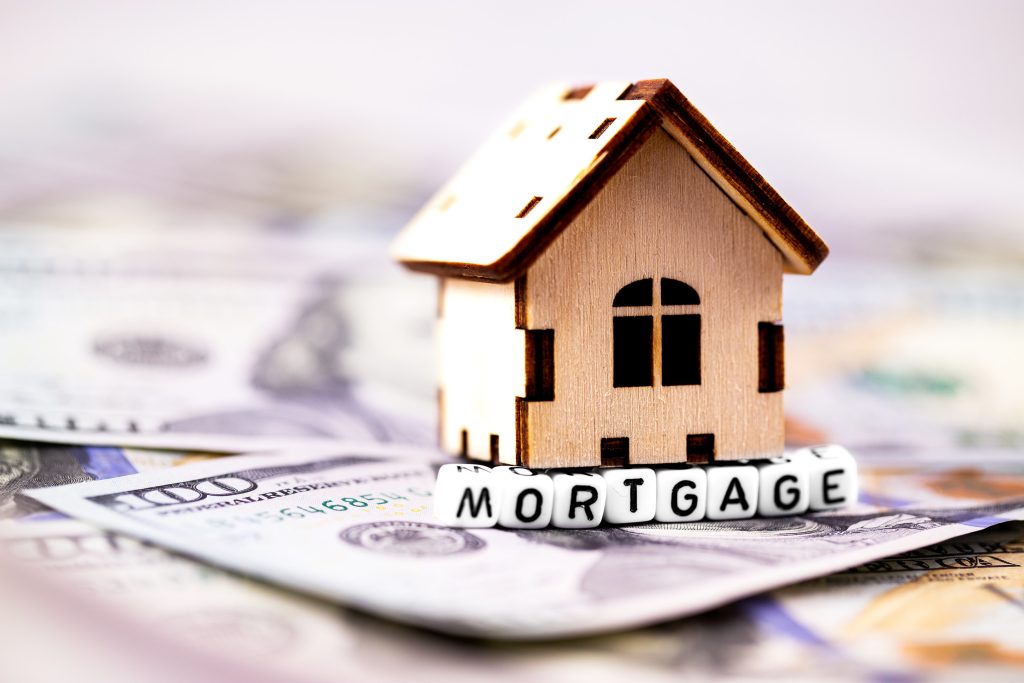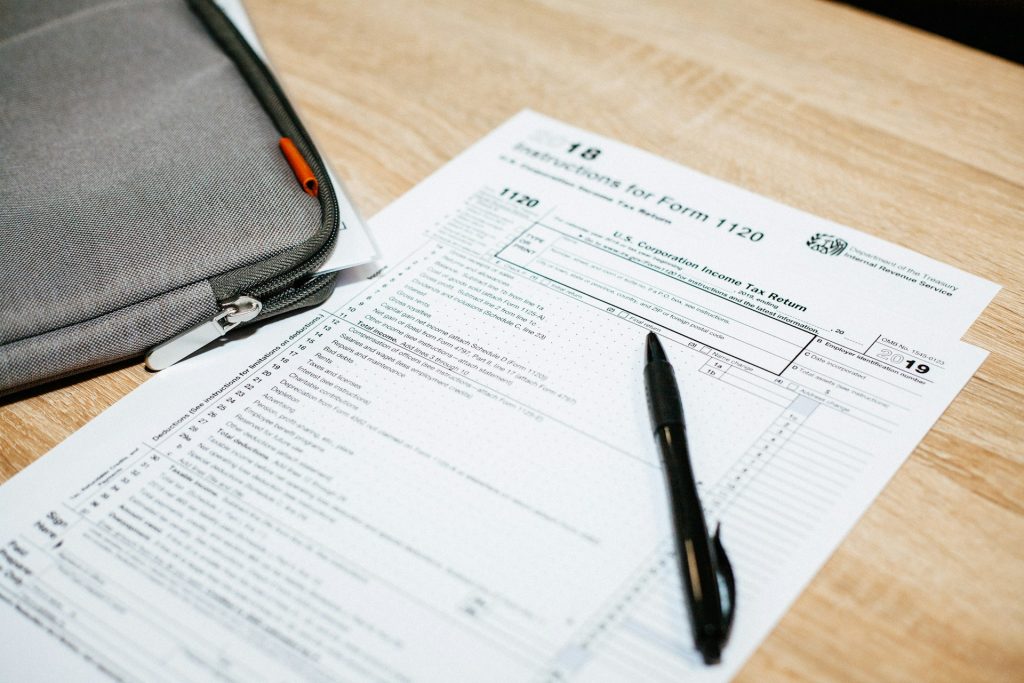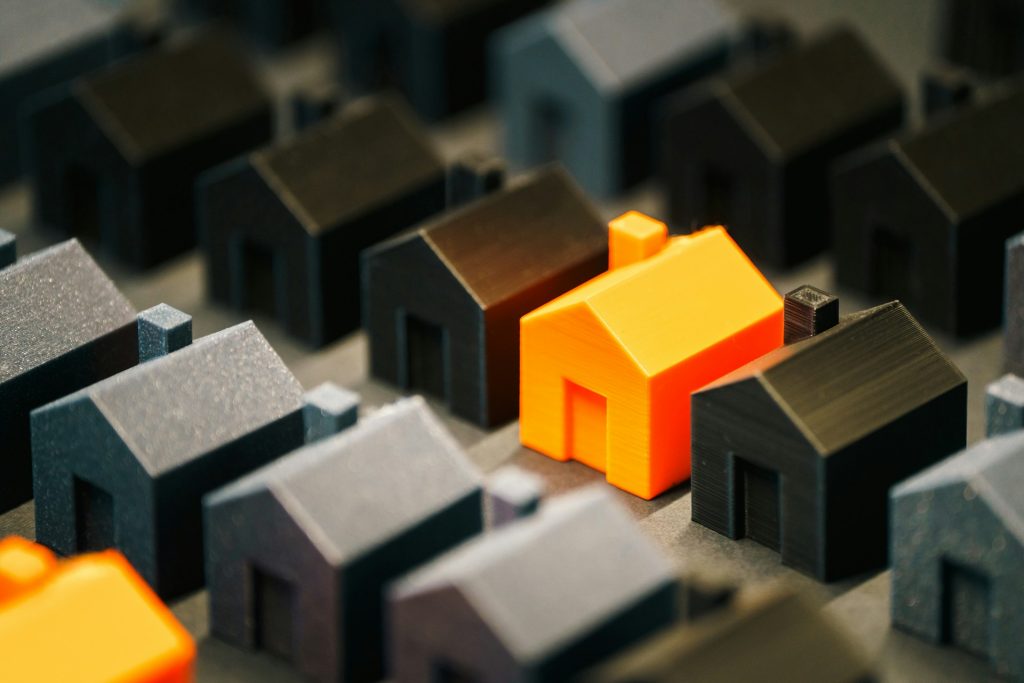
Image Source: 123rf.com
The dream of homeownership often collides with financial reality when mortgage lenders approve you for loan amounts that stretch your budget to breaking point. While lenders might say you qualify for a $500,000 mortgage, that doesn’t mean you should accept it. The gap between what banks will lend and what you can comfortably afford represents a dangerous financial trap. Understanding your true housing affordability isn’t just about satisfying minimum requirements—it’s about creating a sustainable financial future where homeownership enhances rather than hinders your life goals.
1. The Mortgage Industry’s Incentives Don’t Align With Yours
Mortgage companies make money by lending it—the more they lend, the more they earn. Their qualification formulas typically allow borrowers to spend up to 43% of their gross income on debt payments, including their mortgage. This percentage ignores the reality of taxes, savings goals, and life’s unpredictable expenses.
When a lender approves you for a maximum amount, remember that they calculate based on their risk tolerance, not your financial well-being. Their primary concern is whether you can make minimum payments, not whether you’ll have money left for retirement, vacations, or emergencies.
According to a Consumer Financial Protection Bureau study, borrowers who shop around and understand their true affordability save an average of $300 per year in interest payments alone.
2. The 28/36 Rule Offers a More Realistic Guideline
Financial advisors typically recommend the 28/36 rule as a more conservative and realistic approach to housing affordability:
- Spend no more than 28% of your gross monthly income on housing costs (mortgage, property taxes, insurance)
- Keep total debt payments (including housing, car loans, student loans, credit cards) under 36% of gross income
This creates a significant buffer compared to lender maximums. For example, if your household earns $100,000 annually:
- Lender maximum might allow $3,583 monthly for housing (43%)
- The 28% guideline suggests a maximum of $2,333
That $1,250 monthly difference represents money you can use to build emergency savings, invest for retirement, or simply enjoy life without financial stress.
3. Factor in the “Hidden” Costs of Homeownership
Mortgage payments are just the beginning of housing costs. Many first-time buyers underestimate additional expenses that can add 1-4% of a home’s value annually:
- Property taxes (which typically increase over time)
- Homeowners insurance
- Possible PMI (private mortgage insurance)
- HOA fees (if applicable)
- Maintenance and repairs
- Utilities (often higher than in rentals)
- Landscaping and pest control
A Bankrate survey found that the average homeowner spends $2,000 annually on maintenance expenses not factored into mortgage qualification formulas.
4. Consider Your Life Stage and Future Plans
Affordability isn’t just about today’s numbers but how they align with your life trajectory. Ask yourself:
- How secure is your income? Could you handle payments during a job transition?
- Do you plan to have children or support aging parents in the next few years?
- Are you saving adequately for retirement?
- How much financial flexibility do you need for career changes or entrepreneurial ventures?
Buying at your maximum approval amount can lock you into a lifestyle with little room for adaptation. A more conservative purchase preserves options for life’s inevitable changes and opportunities.
5. Calculate Your Personal Housing Budget
Rather than starting with what lenders will approve, build your housing budget from the ground up:
- Calculate your monthly take-home pay after taxes and deductions
- Subtract essential non-housing expenses (food, transportation, insurance, etc.)
- Subtract savings goals (retirement, emergency fund, etc.)
- Subtract discretionary spending that’s important to your quality of life
- What remains is what you can truly afford for housing
This approach ensures your mortgage fits into your life, rather than forcing your life to accommodate an oversized mortgage.
6. Consider the Opportunity Cost of Excessive Housing Expenses
Every dollar spent on housing above what you need for comfort and security represents an opportunity cost. That money could be:
- Invested for retirement (potentially worth much more through compound growth)
- Used to build an emergency fund that prevents future debt
- Allocated to experiences and relationships that research shows contribute more to happiness than material possessions
A mortgage that consumes too much income doesn’t just strain your monthly budget—it can derail long-term wealth building and life satisfaction.
7. The Freedom Factor: Why Less House Often Means More Life
Perhaps the most overlooked aspect of housing affordability is how it impacts your freedom and peace of mind. A more modest home that leaves financial breathing room provides:
- Reduced stress during economic downturns or income fluctuations
- Ability to save for other important goals
- Freedom to take career risks or opportunities
- Resources for experiences, travel, and relationships
- Flexibility to adapt to changing family needs
The true cost of an unaffordable home isn’t just financial—it’s measured in stress, limited options, and foregone opportunities.
Building Wealth Through Wise Housing Decisions
The path to financial security rarely runs through an oversized mortgage. By purchasing a home well within your means, you position yourself to build wealth through diversified investments rather than concentrating everything in a single asset. This approach allows you to enjoy homeownership as part of a balanced financial strategy rather than letting it dominate your financial life.
Remember that a home is both a place to live and a financial decision. The best choice honors both aspects by providing comfort and security without compromising your broader financial health and life goals.
Have you ever felt pressured to buy a house more than you were comfortable with? What strategies helped you determine your true housing budget?
Read More
How Much House Can I Afford? Use This House Affordability Calculator
8 Hidden Costs of Buying a Home

Travis Campbell is a digital marketer/developer with over 10 years of experience and a writer for over 6 years. He holds a degree in E-commerce and likes to share life advice he’s learned over the years. Travis loves spending time on the golf course or at the gym when he’s not working.




